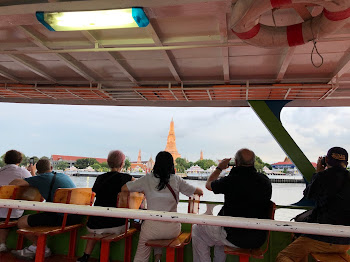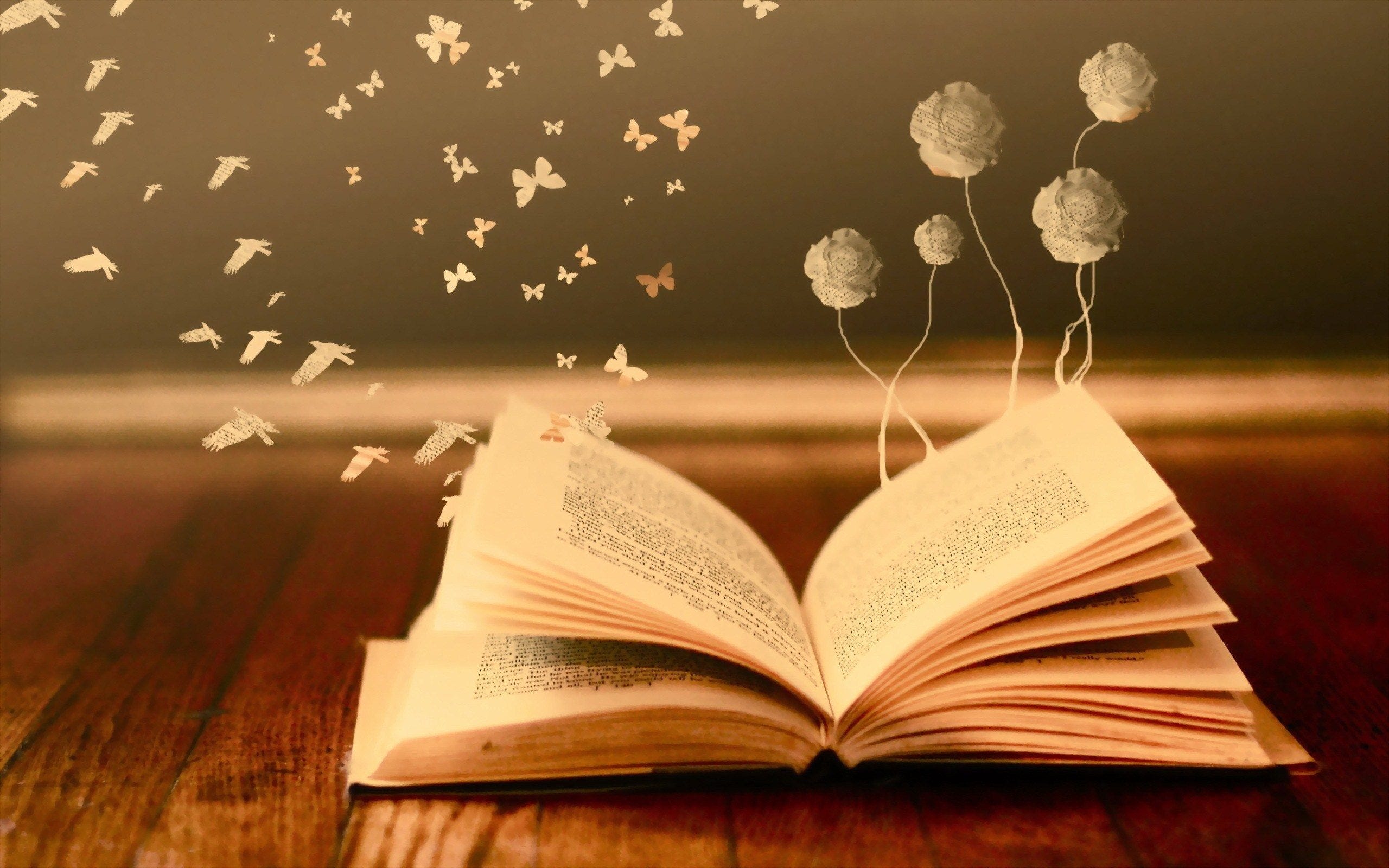 |
| A 105 page essay |
In the opening sentence of On Liberty, John Stuart Mill introduces his topic with the words: “The Subject of this Essay is not the so-called Liberty of the Will, ... but Civil, or Social Liberty.” He then introduces and supports his thesis about the chosen topic, for which the discussion runs for 105 pages in my edition of this famous essay published in 1859. Although the essay has long been one of my favourite reading choices, it was not always so. I cherish memories of visits to my gran’s home where there was a stash of comics featuring the filthy rich Scrooge McDuck, the equally rich but impossibly nice Richie Rich, and other comics featuring the bold adventures of the Phantom, Tarzan and other heroes jumping around in skin tight suits with well-drawn muscles engaging in serial acts of extreme violence. What primary school kid could resist such attractions? I can't imagine what sort of influence such graphics had on me as innocent child. It’s been a while, decades in fact, since I read a comic book, but today I still enjoy the daily Dilbert cartoon and sometimes chuckle over Garfield or Pooch Cafe. However, since I first encountered them relatively late in my reading career, the essay has been something that I've enjoyed reading: it covers every other type of writing and topic that interests me; it varies from solemn and sad to light and fun to fit every mood; and it's honestly tentative even when argued with passion.
My delight in essays dates from high school. One of the set books our parents had to buy was Nine Twentieth Century Essayists, a book no longer available except in old print copies from the 1960s and 70s. I fear mine is long gone. I wish I'd kept it. I don’t think my first year English class ever read more than one of the essays in the collection, but it introduced me to writing on serious topics for fun, and on writing about fun topics in a serious manner. It was certainly much easier than Shakespeare’s MacBeth, which we also read that year, introducing me to how violence, political intrigue and betrayal could be combined with witches, lust and history to create art, although it took some time to be able to enjoy the art that is Shakespeare and his poetry. Nine Twentieth Century Essayists includes an essay by James Thurber, who I suspect is largely forgotten today, but I liked it enough to pay for a collection of his other essays: it was money well spent. His essays on sex and social conventions were funny in a different way to the hilarious fiction of P.G. Wodehouse, whose novels about bumbling upper-class twit Bertie Wooster and his amazingly erudite butler Jeeves were also a favourite reading material at the time. Thurber must have shocked the nice people of the 1950s and 60s, and it was fun to annoy my nice aunts and uncles by repeating what I’d read.
Moving on to university, my reading became more intense, but while dealing with heavy text books and research papers, my appreciation of the essay deepened. And when looked at closely, I realized that many of the most popular, or at least most renowned, books are in fact essays or collections of essays. John Stuart Mill is perfectly clear that he thought his On LIberty really was a 105 page essay. Plato, a favourite writer since my first year at university, did not write essays, preferring the dialogue to express his ideas, but later philosophers, such as René Descartes, wrote essays. In fact, it was Descartes’ influential predecessor Michel de Montaigne whose 1580 book, Essais, gave us the most common meaning of the modern English word essay. A long line of writers have since written essays to explore ideas that interest me, from Descartes, whose rigour is mathematical when he asks us to imagine as a route to certain knowledge about the world a deceitful demon something like the machines in the Matrix films that run programs in human brains in vats, to Gore Vidal exploring mid-twentieth century American society through his essays on the Wizard of Oz novels, sort of the Harry Potter of the time. I loved them all. That they were tentative, and whilst sincere in their passion also accepting that they might be wrong and that either themselves or someone else might have a better idea tomorrow seemed to me a part of their strength.

As a more recent example, I would argue that books such as historian Yuval Noah Harari’s Sapiens: A Brief History of Humankind, published in 2015, can be seen as a collection of essays working together. In each chapter, Harari addresses one aspect of his more general thesis about how a species of such weaklings as ours came to control the planet Earth and aspire to escape its bounds. In his book, Harari connects in novel ways several of my own academic interests: history, anthropology, psychology, evolution, the impact of information and biotechnology, and so on, weaving them into an innovative retelling of the human story. I was very happy to oblige them when a few years ago some of my students in an AUA class I teach asked if we could read and discuss a couple of the essays that make up the chapters of Harari’s book, and also a chapter from his subsequent 21 Lessons for the 21st Century.
On a typical day, I read a lot, from the Dilbert cartoon, to news reports on topics that interest me, to recent work in my areas of interest, but there are always essays. Sometimes it’s only the opinion pieces in The New York Times or other newspapers and magazines that I read, which I always keep for last to enjoy after I’ve caught up on the world. But happily, I have the liberty to devote some time most days to more substantial pieces of the literary art that are essays.

















